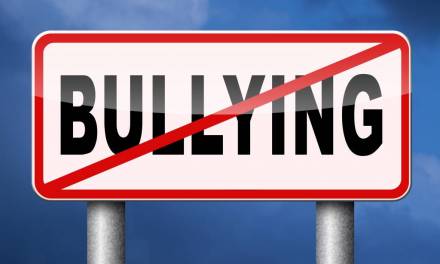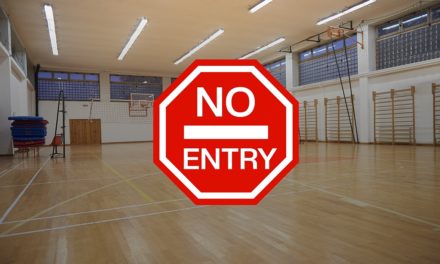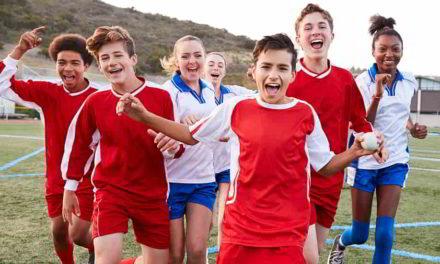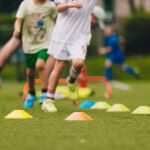19.5% of pupils have been bullied during PE.
If that stat wasn’t disheartening enough, bullying that focuses on a lack of physical fitness, body shape or perceived lack of sporting ability can leave a severe dent in a student’s self-confidence that lasts a lifetime.
Whilst bullying in any realm of education is never acceptable and can have terrible consequences when it happens in PE, it can also result in the avoidance of physical activity not just in the short term, but in the long term too.
Preventing bullying in PE is therefore mission-critical for a healthy life in school and beyond – so how can you achieve bully-free PE classes?
Select activities that are fun and suitable for all
Half the battle of engaging students in PE is creating lesson plans that are fun. When you choose an activity that keeps everyone moving you also keep downtime to a minimum.
Times where students are waiting or stood around for whatever reason are when bullying has an opportunity to emerge, so reduce the time available to students to be inactive and criticise others.
Create the groups or partner teams beforehand
Organising this element before your lessons ensures that students are never left out, picked last or teamed up together with the same group each time.
Cliques will invariably form in school and, whilst some groups can be beneficial for everyone included, bullies can gravitate towards each other to form groups that exclude others and fuel their tendencies to mock and make fun of non-members.
Take care to notice the reactions of individuals when they are paired together: are they unhappy because they wanted to be grouped with a friend or because their tormentor is now their partner for this PE lesson?
Stop bullying immediately but deal with it in a calmer moment
When you spot bullying you should pick up on it immediately in front of the class, making it clear that bullying is not acceptable.
At this point however you shouldn’t ask the person to apologise or make amends – dealing with it once the moment has passed puts you in a stronger position with a more collected mind-set.
Potential outcomes can include peer mediation, teacher mediation or parent involvement. You should also ensure that you speak with relevant fellow professionals, such as the respective class or head of year teachers.
Be aware of children who skip class, make excuses or feign injury
Picking up on students who are potentially being bullied is the first step to stamping out bullying.
Look out for children who continually skip class (whether with a parental note or otherwise) and be subtle when pulling them to one side to investigate further.
Children who have been criticized for their physical skills, chosen last and ridiculed seem to avoid physical activity, perhaps because from previous experience they figure it’s punishing and they’ll stay on the sidelines.
Be mindful of the heightened risk of SEND students being victimised
Study after study highlights the plight of SEND students in PE, with those with disabilities consistently reporting a higher chance of them suffering bullying during this lesson.
Knowing your student is key to overcoming this – for example, try to group SEND students with those they are friendly with if playing a team sport.
You should also carefully plan your lessons to present an equal chance of point scoring or progression, as the image of ability and success is key to preventing victimisation (Bejerot, Edgar, & Humble, 2011), and check out this in-depth guide on preventing bullying in inclusive PE.










